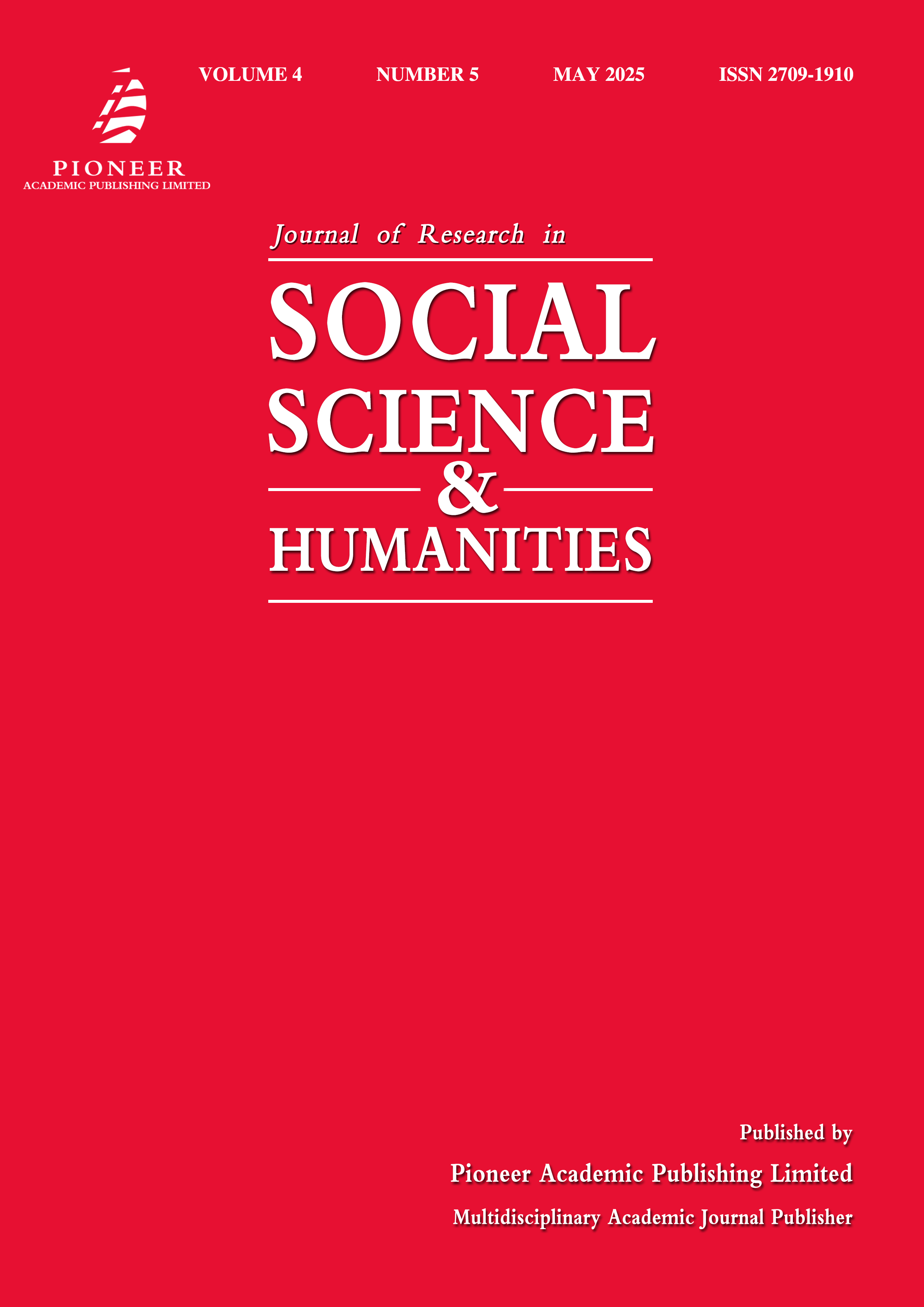How Miranda’s Direct Gaze Challenges Narrative Distance in the Contemporary British Sitcom
Keywords:
British sitcom, direct address, narrative distance, intermediality, fourth wall, embodimentAbstract
This paper examines how Miranda Hart’s use of the direct gaze in the BBC sitcom Miranda (2009–2015) challenges conventional narrative distance and redefines gendered performance in British television comedy. Drawing on theories of intermediality, performativity, and feminist media critique, the essay argues that Hart’s frequent breaking of the fourth wall does more than generate humor—it constructs an intimate, dialogic relationship with the audience that destabilizes the traditional sitcom format. Through textual analysis of recurring phrases (e.g., “Such fun!”), key scenes of physical comedy, and Hart’s embodied self-presentation, the paper explores how the show turns bodily excess, social failure, and romantic awkwardness into tools of feminist subversion. The direct gaze functions not only as a comic device but as a site of narrative authorship and affective solidarity, repositioning the viewer from passive observer to emotional co-conspirator. In doing so, Miranda reimagines the sitcom as a medium for emotional realism, feminist agency, and shared vulnerability.


